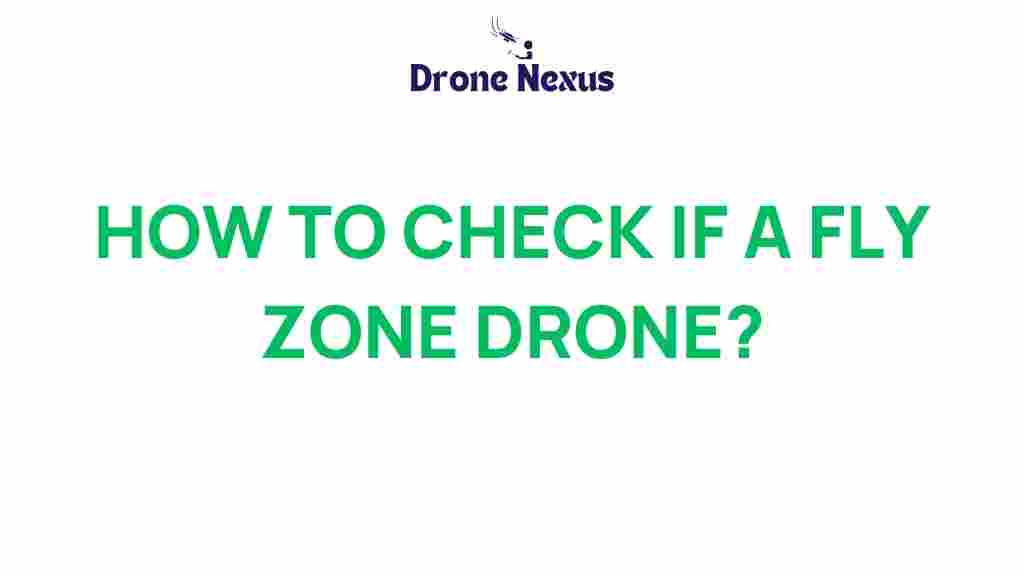Drone Regulations: How to Check if Your Drone is in a Fly Zone
As drone technology continues to evolve, the popularity of flying unmanned aerial vehicles (UAVs) has soared. However, with great flying power comes great responsibility. Understanding drone regulations is crucial for every pilot to ensure safety and compliance. In this article, we will unveil the secrets of checking if your drone is in a fly zone and help you navigate the complex world of drone regulations.
Understanding Drone Regulations
Drone regulations vary significantly from one country to another, and even within regions of the same country. Familiarizing yourself with these rules is essential not just for legal compliance, but also for ensuring the safety of yourself and others. Here are a few key aspects of drone regulations:
- Registration: Most countries require drones over a certain weight to be registered with a governing body.
- Flight Altitude: There are specific altitude limits that drones must adhere to, usually around 400 feet.
- Restricted Areas: Certain areas are designated as no-fly zones, such as airports, military bases, and populated urban areas.
- Line of Sight: Pilots are often required to keep their drones within visual line of sight during flight.
- Insurance: Some jurisdictions may require drone operators to carry liability insurance.
To fly your drone safely and legally, it is important to check local regulations regularly, as they can change frequently. Now, let’s dive into a step-by-step process to determine if your drone is in a fly zone.
Step-by-Step Process to Check If Your Drone is in a Fly Zone
Checking if your drone is in a fly zone involves a few straightforward steps. Follow this process to ensure compliance with drone regulations:
1. Know Your Drone’s Specifications
Before you can determine if your drone is in a fly zone, you need to have a clear understanding of your drone’s specifications, including:
- Model and make
- Weight
- Camera capabilities
- Flight range
This information will help you understand the applicable regulations for your specific drone model.
2. Research Local Drone Regulations
Next, you must research the drone regulations in your area. This might include:
- Checking the website of your country’s aviation authority (e.g., FAA in the United States)
- Consulting local government websites for additional restrictions
- Joining local drone clubs or online forums for community insights
For comprehensive drone regulations in the United States, you can refer to the FAA website.
3. Use Drone Mapping Apps
Several apps and tools can assist you in identifying no-fly zones. Popular ones include:
- AirMap: This app provides real-time airspace information and alerts regarding no-fly zones.
- B4UFLY: Developed by the FAA, this app helps drone operators understand the airspace around them.
- Drone Assist: A UK-based app that offers airspace information and drone safety guidance.
Simply input your location in these apps to see if you’re in a restricted area.
4. Check Temporary Flight Restrictions (TFRs)
Sometimes, temporary flight restrictions may be in place due to events like natural disasters, large public gatherings, or military operations. It’s essential to check for these before flying:
- Visit official aviation authority websites for updates on TFRs.
- Use apps like AirMap, which provide information about current TFRs.
5. Verify with Local Authorities
If you’re unsure about the regulations in your area, don’t hesitate to reach out to local authorities. Many municipalities have specific rules regarding drone usage, especially in crowded or sensitive areas.
Troubleshooting Tips for Drone Regulations Compliance
Even with thorough research, you may encounter challenges while trying to comply with drone regulations. Here are some troubleshooting tips to consider:
1. Stay Updated
Regulations can change frequently. Make it a habit to check for updates regularly, especially if you plan to fly in a new location.
2. Join Local Groups
Joining local drone clubs can offer invaluable support. Members often share insights and experiences about navigating local regulations.
3. Use Multiple Sources
Don’t rely on a single source for information. Cross-reference multiple resources, including government websites, apps, and community forums, to ensure accuracy.
4. Keep Your Documentation in Order
Maintain a record of your drone registration and any permits you may need for specific locations. This will make it easier to prove compliance if necessary.
5. Report Issues
If you encounter any problems or have questions about drone regulations, report them to the appropriate authorities. They can provide clarification and help improve the system for everyone.
Conclusion
Understanding and checking drone regulations is essential for every drone pilot. By following the outlined steps, you can confidently determine whether your drone is in a fly zone and avoid potential legal issues. Always stay informed about the latest regulations and utilize technology to assist you in your flying endeavors.
With careful planning and adherence to the rules, you can enjoy the thrilling experience of drone flying while ensuring the safety of yourself and those around you. For further information on drone regulations, check out our detailed guide here.
Remember, being a responsible drone pilot not only keeps you compliant but also helps foster a positive image of the drone community. Happy flying!
This article is in the category Safety and created by DroneNexus Team
